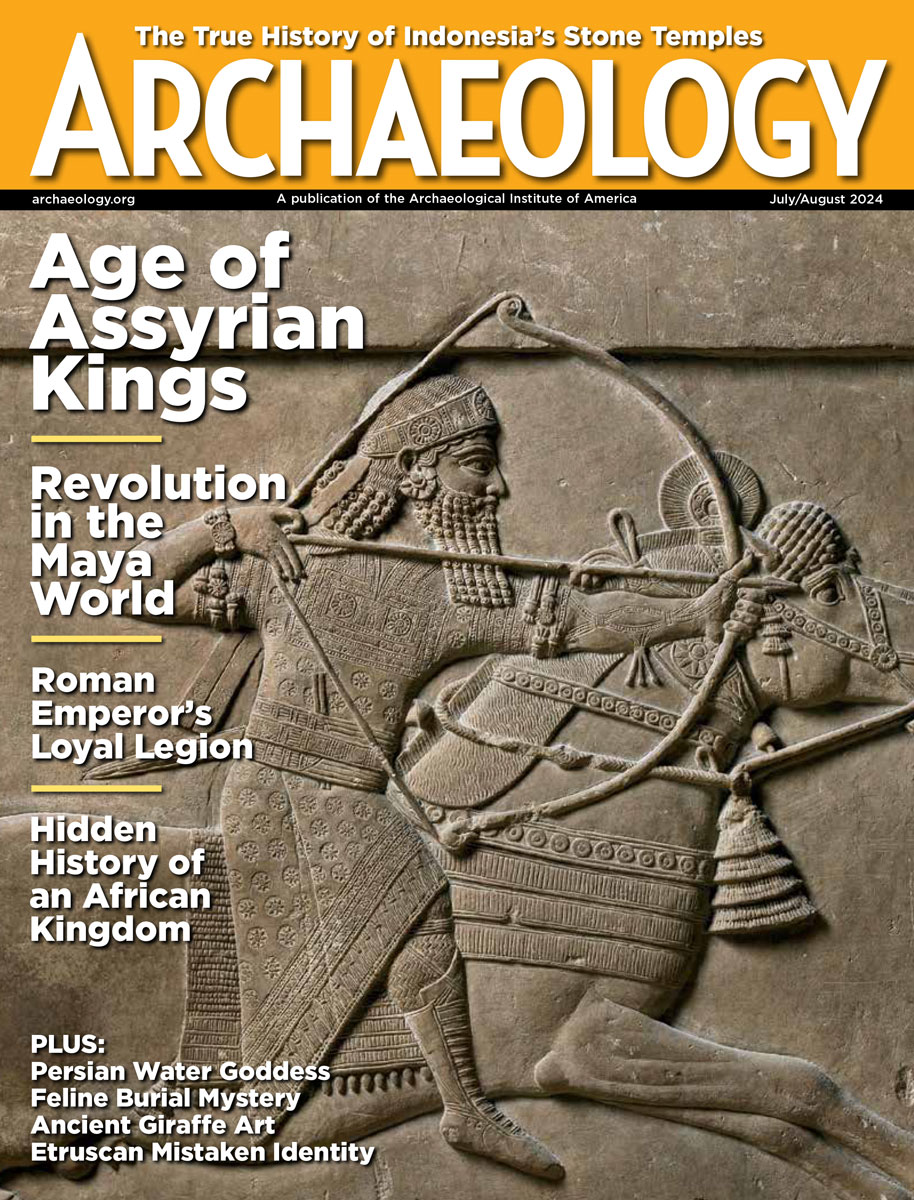Friday, October 10
October 10, 2008
Former Italian culture minister Francesco Rutelli has called for a Rome prosecutor to block an antiquities auction at Bonhams. One of the items slated for sale is an Apulian vase once owned by disgraced dealer Robin Symes. “Auction houses should be extremely careful about what they’re selling and be clear about their origins,” commented Graeme Barker, director of the McDonald Institute for Archaeological Research at the University of Cambridge.
A hedgehog figurine was reportedly found in a child’s 3,000-year-old grave at Stonehenge. “Representational art from this period is very rare and so far as I’m aware, if the identification is correct, it’s the only known prehistoric depiction of a hedgehog from Britain,” said Joshua Pollard of the Stonehenge Riverside Project. Â
The skeletal remains of at least 50 people were found in a German peat bog. Signs of violence on the bones indicate that they may have been killed during a raid on their village in 1300 B.C. Â
A second man has been indicted by the state of Kentucky for stealing a registered Kentucky historic artifact. A dive team made up of Ohio residents removed the 8-ton Indian Head Rock from the Ohio River in 2007.  Here’s some background on the case. Â
Businessman Semir Osmanagic continues to dig up Visoko, Bosnia and Herzegovina, in search of pyramids, “despite ridicule.” University of Sarajevo archaeologist Enver Imamovic likens Osmanagic’s project to “letting me…perform surgery.”
- Comments Off on Friday, October 10









